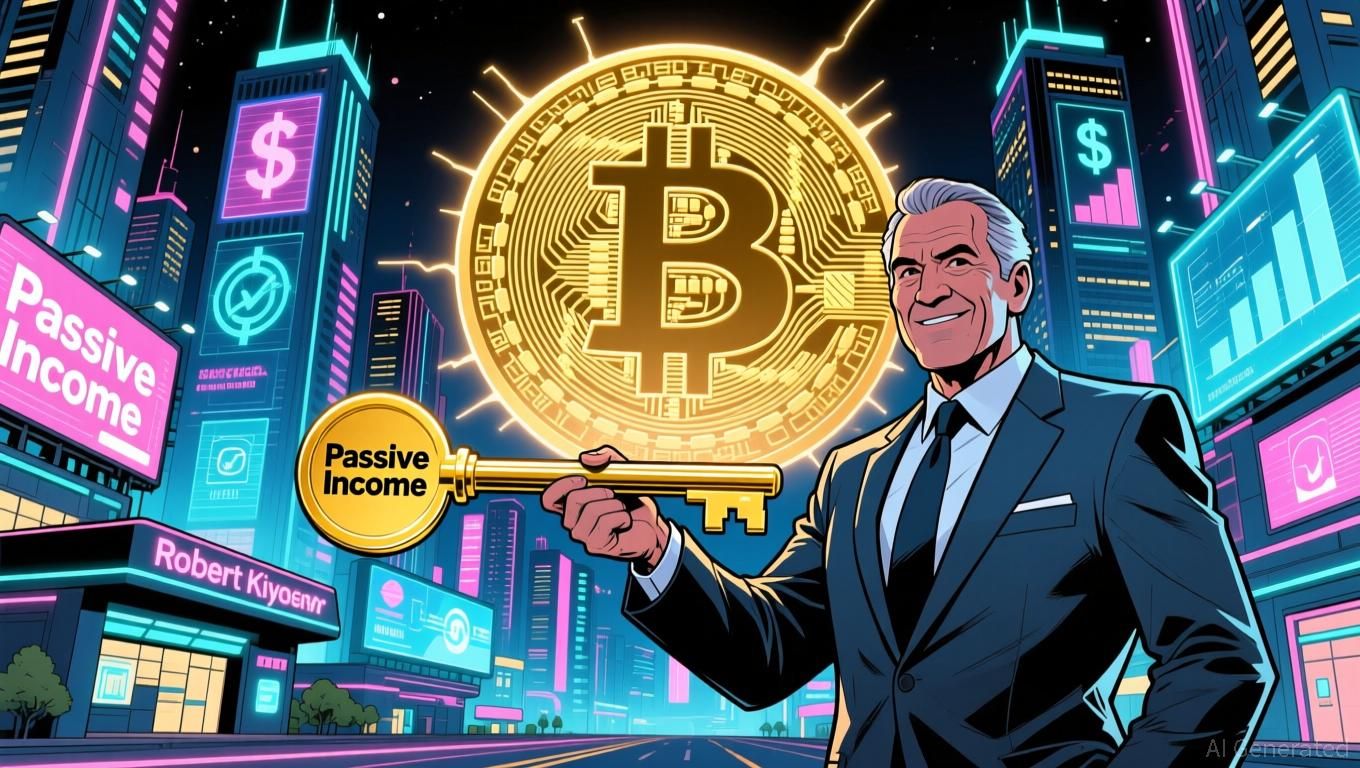How high could Solana’s valuation go if Wall Street starts using it properly?
For years, the assumption inside crypto and across traditional finance was simple: when institutional adoption finally matured, Ethereum would be the chain Wall Street chose.
This is unsurprising, considering the network is the largest smart-contract network, the default environment for developers, and the ecosystem that has shaped today’s idea of programmable finance.
However, as institutional tokenization efforts accelerate, a new hypothetical question has entered mainstream discussion: what if the chain institutions ultimately rely on is not Ethereum, but Solana?
The scenario remains speculative, but the fact that it is being entertained reflects a shift in how market infrastructure is now being evaluated.
Solana’s evolving image
Solana’s early identity was shaped by retail speculation. Its low fees, high throughput, and ease of deployment made it the natural home for memecoins, high-velocity trading, and experimental retail primitives. For much of its existence, that chaotic environment defined the network’s cultural brand.
Yet the same characteristics, including sub-second finality, negligible fees, and a high-performance runtime, that fueled its speculative mania are now being reframed as the foundations for institutional-grade settlement.
Solana can process more than 3,000 transactions per second at an average cost of half a penny, according to Solscan data. Ethereum, by contrast, remains constrained at the base layer, relying on rollups to scale throughput and manage costs.
This performance profile has caught the attention of analysts tracking the intersection of blockchains and traditional capital markets.
Bitwise CIO Matt Hougan recently described Solana as “the new Wall Street,” arguing that its low-latency execution model aligns more closely with institutional workflows than general-purpose alternatives.
At the same time, stablecoin issuers and tokenization firms have amplified this narrative by building increasingly sophisticated products on the network.
Still, Solana’s aspirations remain far ahead of its reality.
Today, the blockchain network averages around 284 “trades” per second in the sense of user-initiated value-moving instructions, which is far below the raw throughput it advertises.
On the other hand, Nasdaq executes roughly 2,920 trades per second and processes about $463 billion in daily volume, compared with Solana’s approximately $6 billion.
So, the gap in economic density between the two platforms remains substantial.
However, Solana’s developers claim that upcoming upgrades will further optimize validator performance, enhance scheduling, and reduce block contention. Indeed, these are advances that could bring the network closer to the reliability profile expected of market infrastructure.
But whether that is achievable remains uncertain; nonetheless, the ambition signals a strategic shift, showing that Solana no longer wants to be merely a fast blockchain. The network wants to be an execution engine capable of supporting regulated financial operations at scale.
As Galaxy Research stated:
“[Solana] is now evolving toward a cohesive vision of “Internet Capital Markets,” a system capable of supporting the full spectrum of digital financial activity, from retail speculation and consumer apps to enterprise-grade infrastructure and tokenized real-world assets.”
What will Solana be worth if Wall Street gives it a Chance by 2030
The question of what Solana could be worth if Wall Street were to adopt it meaningfully has prompted the development of new modeling frameworks.
Artemis CEO Jon Ma recently published one such model, arguing that once traditional assets move on-chain, blockchains will be valued more like infrastructure than speculative equities.
In Ma’s framework, the value drivers become throughput, cost efficiency, fee capture, and the ability to support high-volume, low-latency financial flows. Narrative dominance matters less. His model predicts that the global tokenization market will be between $10 trillion and $16 trillion by 2030.
Under a scenario where Solana captures even 5% of that activity, it could support a market capitalization approaching $880 billion.
The model incorporates factors such as annual turnover, projected declines in inflation, and blended revenue rates derived from priority fees, base fees, and Jito tips.
None of these projections implies inevitability. They highlight, instead, how the market may begin to assess blockchains once real-world assets are moved on-chain at scale.
Tokenized RWAs already total about $35.8 billion, nearly double their level from late 2024, according to Rwa.xyz. As that figure grows, performance and execution costs become more central to the conversation.
In this framework, Solana’s appeal stems from the qualities that once defined its retail culture: speed, low fees, and the ability to scale without relying on external execution layers.
Ethereum’s strengths, including security, tooling maturity, and regulatory familiarity, remain the default institutional preference, but tokenization adds pressure to assess chains through a new lens.
The post How high could Solana’s valuation go if Wall Street starts using it properly? appeared first on CryptoSlate.
Disclaimer: The content of this article solely reflects the author's opinion and does not represent the platform in any capacity. This article is not intended to serve as a reference for making investment decisions.
You may also like
Solana News Update: Major Investors Place Significant Bets on Solana ETFs Amid 30% Price Drop, Challenging the Strength of $130 Support
- Solana's ETFs (BSOL/FSOL) drew $476M in 17 days despite SOL's 30% price drop to $130, signaling institutional confidence. - $130 support level shows buying pressure with RSI rising to 50, though $160 EMA remains a key reentry target for bulls. - On-chain growth (18% active address rise) and projects like GeeFi reinforce Solana's infrastructure, but $140 resistance remains fragile. - Mixed futures signals (5% higher OI, positive funding rates) highlight uncertainty, with $120 as next potential downside ri

PEPE Balances on a Fine Line: Key Support at $0.0547 and Resistance at $0.05504 Under Scrutiny
- PEPE cryptocurrency stabilized above $0.0547 support, trading within a narrow range as of mid-November 2025. - Technical indicators show neutral sentiment with RSI at 50.62 and MACD near zero, per xt.com and BitGet analyses. - Whale movements and exchange flows drive volatility, while long-term forecasts range from 140,000% to 28.6 million% gains by 2030-2050. - Market depends on meme culture relevance, institutional adoption, and broader crypto trends like Ethereum's price and ETF regulations.
Bitcoin Updates Today: Kiyosaki Turns Bitcoin Profits into Ongoing Income, Living by His Own Advice
- Robert Kiyosaki sold $2.25M in Bitcoin at $90,000/coin, reinvesting in surgical centers and billboards for tax-free income. - He aims for $27,500 monthly cash flow by 2026, aligning with his passive-income strategy while maintaining Bitcoin's $250K/2026 price target. - Bitcoin's 33% drop from $126K peaks reflects broader market slump driven by Fed rate uncertainty and offshore trading pressures. - Kiyosaki advocates gold/silver and warns of systemic risks, contrasting with analysts who see intact fundame

Bitcoin Updates: Abu Dhabi and Major Institutions Drive Bitcoin Accumulation Strategy for 2025
- Max Keiser argues Bitcoin is entering a critical accumulation phase, with institutional ETF inflows and Abu Dhabi’s strategic buy-ins signaling potential for a 2025 all-time high. - Technical analysis highlights $84,243 support and $86,700–$89,900 resistance, with sustained ETF inflows potentially pushing BTC past $90,000. - Over 95% of Bitcoin ETF assets are held by investors aged 55+, stabilizing the market during corrections and cushioning declines. - Despite short-term volatility, ETF-driven liquidit

